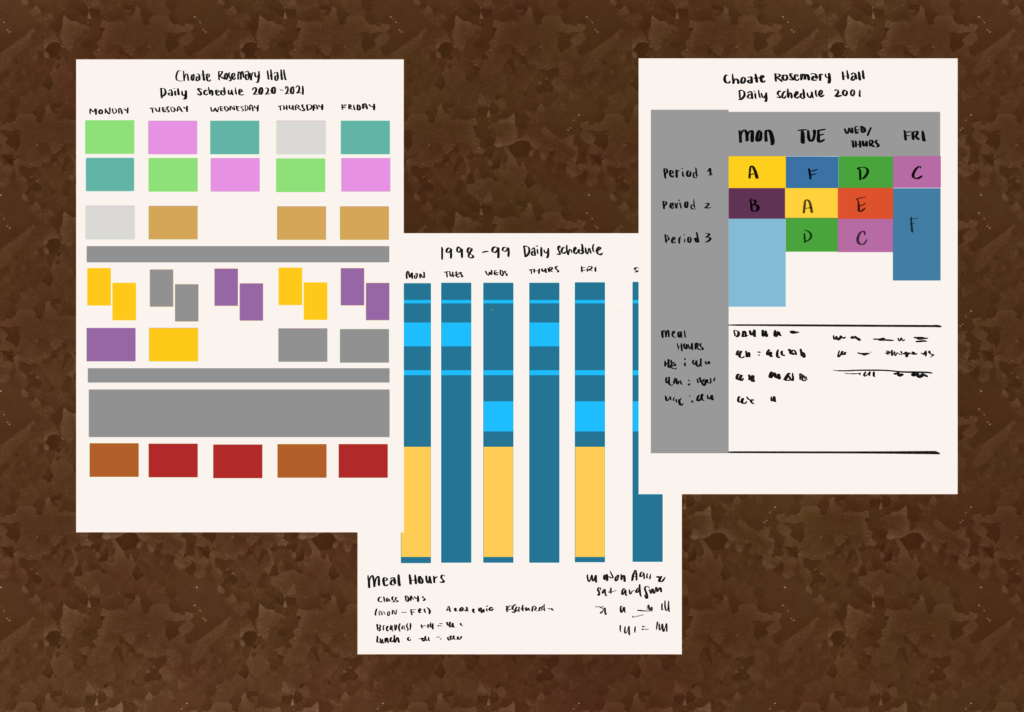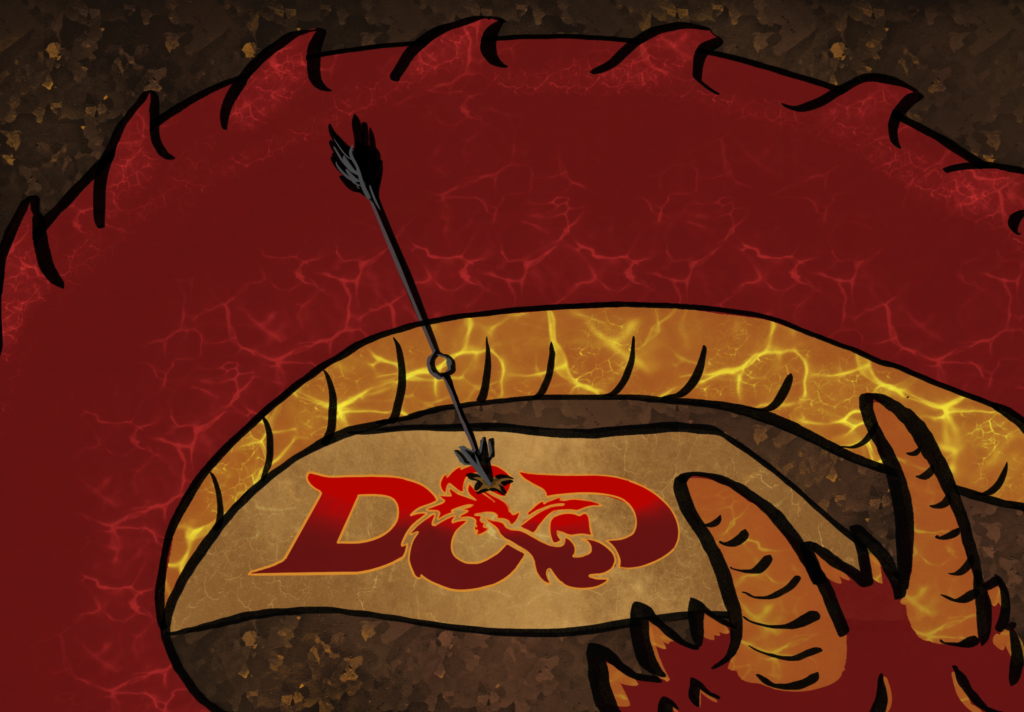Environmental clubs and the SAGE Dining Service often advertise the use of fresh, local food. But what do we really mean when we call food “local”? And how local is local enough?
On Friday, October 15, as part of Choate’s annual Fall Community Weekend, Students Against Climate Change (SACC) hosted a dinner of locally-grown food in the Ruutz-Rees common room. Most dishes were either vegan or vegetarian, and included butternut squash soup, spaghetti squash, pasta with homemade tomato sauce, and apple crisp.
According to Riley Choi ’18, SACC’s treasurer, the purpose of the dinner was to educate people about the dangers of carbon emissions and fossil fuel use.
After the dinner, Mr. Jason Goodmaster, SAGE’s Purchasing Manager, explained that while “local food” does not have a government-mandated definition, it commonly refers to food obtained from the same geographical region in which it is served.
Approximately 15% of Choate’s food is locally sourced, which SAGE generally defines as a 100-mile radius of campus. During autumn, which is rich produce season in the Northeast, that number rises to some 30%.
There are plenty of benefits to using local foods. For one, shorter transportation routes require less gas, which results in a smaller carbon footprint.
Sourcing locally also helps develop the local economy, by supporting local farmers and food suppliers. Since commercial mega-corporations tend to dominate the food industry, local farms often need support.
SAGE purchases from Sardilli Produce and Dairy, a family-owned company that operates out of Hartford and sources much of their products from a network of local Connecticut and Massachusetts farms.
Mr. Goodmaster said, “By purchasing food as locally as possible, you help to ensure the freshest and most seasonally appropriate foods are being prepared for your guests.”
There are also downsides to using local produce. Ms. Katrina Linthorst Homan, the Director of Sustainability at Choate, noted that finding the necessary volume of local foods can be challenging.
The Northeast’s climate, as well as the lack of open space for grazing, makes it especially difficult to source locally year-round. For example, tomatoes in Connecticut, and thus near Choate, are in season for a only a small window of time.
Mr. Goodman acknowledged that a lack of diversity in local food options proves to be challenging. “Connecticut is great for dairy production, certain fruits and vegetables, fish, and baked goods,” he said, “but it lacks in other areas, such as meat production, citrus fruit, and grains.”
Mr. Goodman continued, “While there may be select windows for growing in Connecticut, our local farmers are able to produce an excellent product with a large array of options within the narrow food families that are supported in this location.”
And, in the end, students can attest that fresh food just tastes good — that butternut squash soup at the local foods dinner was a popular choice for seconds.




